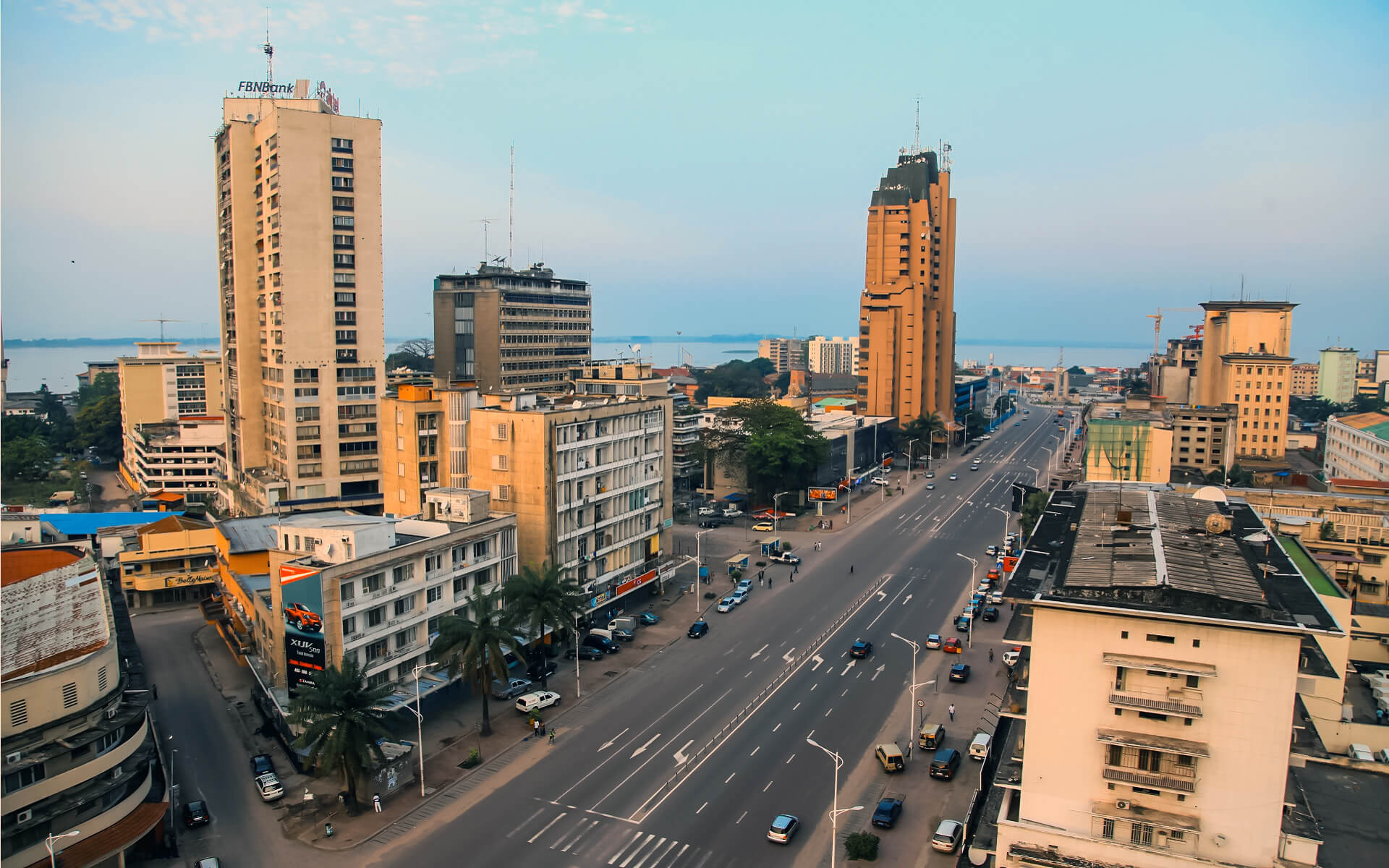[lwptoc]
Kinshasa (Leopoldville) is the Democratic Republic of the Congo’s capital and biggest city. It’s on the banks of the Congo River.
Kinshasa, formerly a fishing town, is now a bustling metropolis with a population of over 11 million people in 2014.
It faces Brazzaville, the capital of the neighboring Republic of Congo, which may be seen across the Congo River in the distance.
After Cairo and Lagos, Kinshasa is Africa’s third-largest city. It is also the world’s second-largest “francophone” metropolitan region, after Paris, with French as the official language of the municipal government, schools, media, public services, and high-end business, and Lingala as a lingua franca on the streets.
Kinshasa residents are known as Kinois (in French and sometimes in English) or Kinshasans (English).
Kinshasa is an important cultural and intellectual hub for Central Africa, with a thriving population of musicians and artists, despite being huge, chaotic, and frequently scary.
After decades of military wars inflicted by neighboring nations, the once leading contemporary African city’s infrastructure is now being reconstructed in a remarkable way. Throughout the city, Chinese enterprises are engaging in a number of renovation projects.


